Art World
Find Out How Jewelry Inspired by the Stars Becomes Art
Artists have always made jewelry just as jewelers have often made art.
Artists have always made jewelry just as jewelers have often made art.
Artnet News

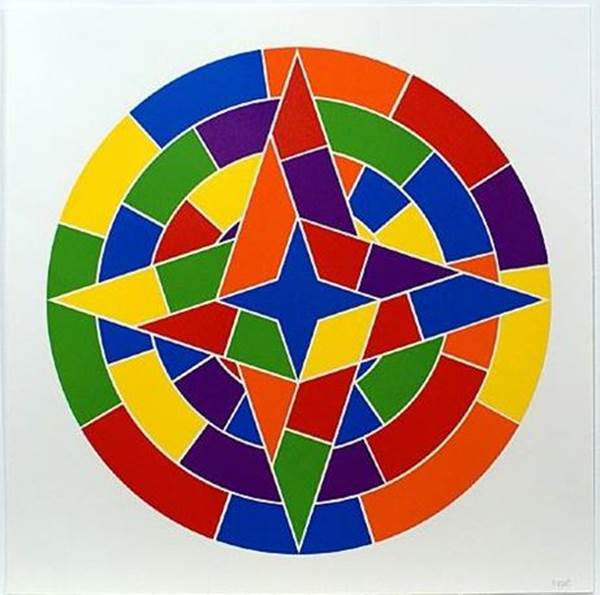
Sol Lewitt, Tondo 2 (4 point star) (2002).
Photo: via Artnet/Bernard Jacobson Graphics.
Everyone knows what blazing spheres poets and writers are referring to when they describe the night sky as “bejeweled.” While humans are fated to reach in vain for the gemstones of the heavens, there’s an earthly source of such radiance that’s more attainable. As if in response to our starry-eyed beguilement, Tiffany & Co. famously launched its iconic Tiffany Victoria™ collection, inspired by resplendent corsage piece shown at the 1889 Paris World Fair, on the eve of the current millennium.
Like all galaxies, it continues to evolve, as indicated by the latest collection’s introduction of exquisite round and pear-shaped diamonds set in platinum pendants, bracelets, earrings, and rings. It might be contended that only the superlative adamantine luster of a Tiffany diamond compares with a ray of the sun (our own star) irradiating a rock pool or a brook, or glancing prismatically off a looking glass.
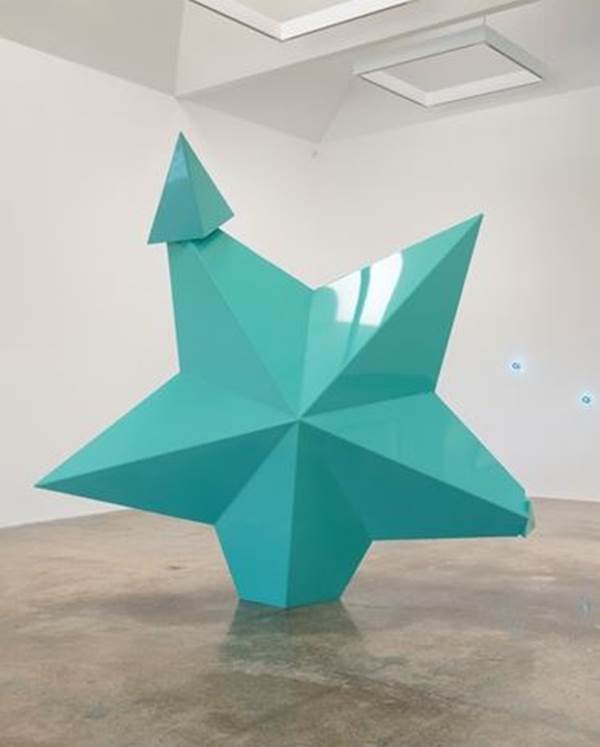
Mark Handforth, Turquoise Star (2014) .
Photo: via artnet.com/ Kayne Griffin Corcoran.
Worn singly or together, Tiffany Victoria™ rings and necklaces, too, array the wearer in a brilliance that may be feminine in spirit but ultimately transcends the limits of categorization or language. So it is with their lofty antecedents: even as the spectral shine, glitter, or glimmer of stars costs them their invisibility at night, it confers on them a mysteriousness Dante, Milton, and Keats grappled with. Shakespeare equivocated about the role the stars play in determining individual destinies. None of them has articulated stars’ unfathomability more eloquently than the star-twinkled child who asks on behalf of each new generation, “How I wonder what you are?” One might as well ask, “How do you describe the light in a diamond?”
Unburdened by words, painters and photographers who have meditated on the iconography of the Milky Way, and interpreted it their own ways, have perhaps come closest to mirroring or capturing the essence of its sparkling diversity and unique patterning, as Tiffany’s designers have in their own field.
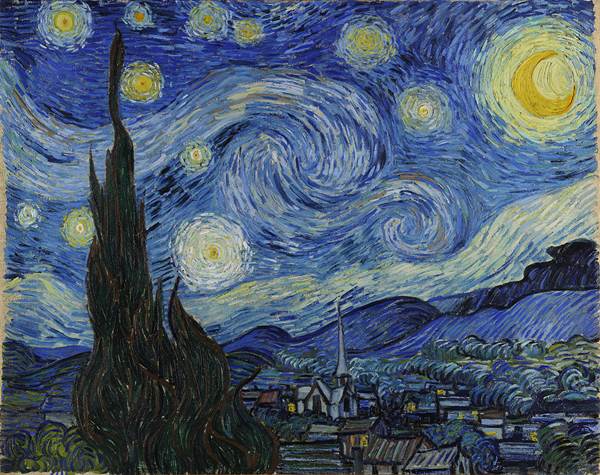
Vincent Van Gogh, The Starry Night (1889).
Photo: via Wikiepedia.
The swirling skies of “The Starry Night” (1889) express Vincent Van Gogh’s emotional turmoil. The heavens (mortality) are bearing down on the idealized village (life). Yet, from what is known of him, the 11 stars (including Venus, “the morning star,” to the left of the cypress) represent final deliverance and tranquility.
The stars did the job of religion for him, Van Gogh once wrote to his brother, Theo. In another letter to him, he qualified his lack of certainty about life by adding, “But the sight of the stars always makes me dream, as simply as I dream over the black dots representing towns and villages on a map. Why, I ask myself, shouldn’t the shining dots of the sky be as accessible as the black dots on the map of France?” Starlight, like the light refracted through diamonds, transmits a sense of calm and well-being.
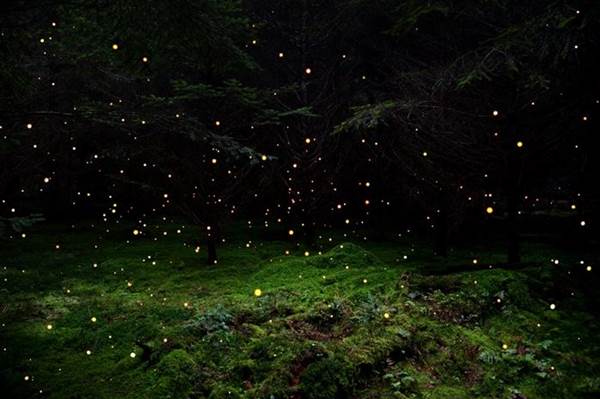
Ellie Davies, Stars 5 (undated).
Photo: via artnet.com
The photographs in Ellie Davies “Stars, 2014” series, studded with pinpricks of light, are more ecologically charged, but like Van Gogh’s painting they engage with evanescence. They offer both nature-on-earth and stars themselves as the jewels of the universe.
“Mature and ancient forest landscapes are interposed with images of the Milky Way, Omega Centauri, the Norma Galaxy and Embryonic stars in the Nebula NGC346, “ Davies has written. “Each image links forest landscapes with the intangible and unknown universe creating a juxtaposition that reflects my personal experiences of the forest; its physicality and tactility set against a profound and fundamental otherness.”
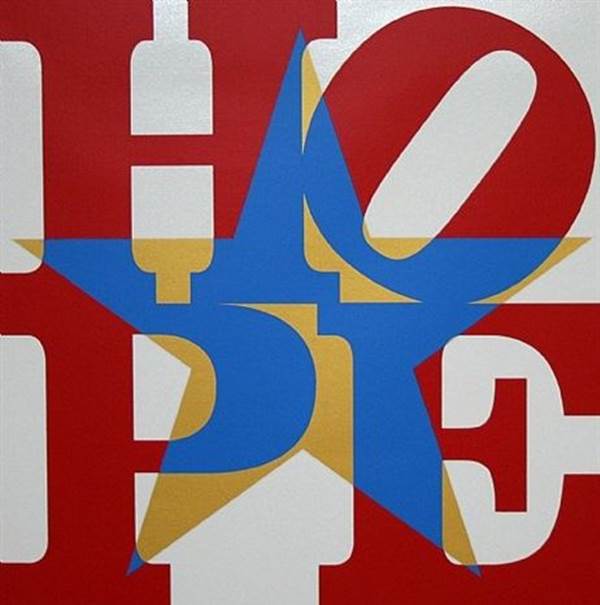
Robert Indiana, Star of Hope, Red/Blue/ White/ Gold (2013).
Photo: via artnet/ Rosenbaum Contemporary.
Whereas Davies hints at the fragility of the universe, nature’s capacity to renew itself resonates in the optimistic, spatially ambitious work of the architectural installation artist Tomas Saraceno’s Galaxies Forming Along Filaments, Like Droplets Along the Strands of a Spiders Web, 2008.
Other impressions of star clusters (or of natural phenomena that suggest them) – such as those by Sharon Harper, Yayoi Kusama, Robert Longo, Ugo Rondinone, and Adam Straus shown here – betray the awe they universally inspire more readily than their secrets.
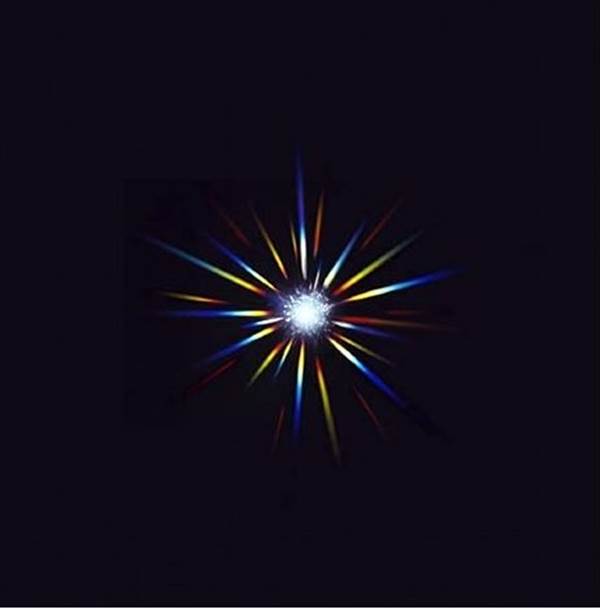
Rob and Nick Carter, North Star, enlarged diamond photgram (2011).
Photo: via artnet.com/ Fine Art Society Contemporary.
Works here by Mark Handforth, Damien Hirst, Robert Indiana, and Sol LeWitt are no less enigmatic for depicting geometrical—as opposed to galactic—stars. Tracey Emin plays ironically on the remoteness of stars as a verbal concept in the realm of romantic love.
The shimmering black stars of David Austen and Richard Wright turn the universe inside out. Josiah McElheny’s concern with the eternal and the infinite prompted his three-dimensional cosmic masterpieces, jewel-like in their explosive brilliance.
It would be misleading to suggest the Tiffany Victoria™ collection aims to deliver the complexities of heaven and earth in the same way as these artists. In endowing wearers with constellations of their own, however, they recognize that starlight is not entirely out of reach.
See more starry images below.
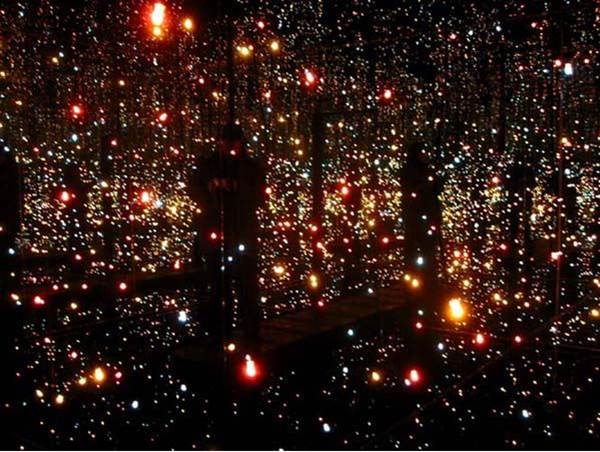
Yayoi Kusama, Fireflies on the Water (2000) .
Photo: via artnet.
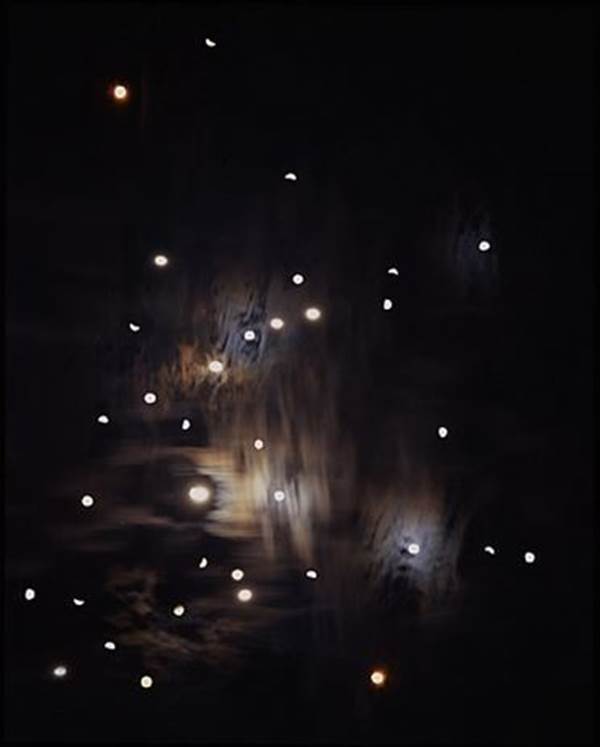
Sharon Harper, Moon Studies and Star Scratches, No.7 (2004).
Photo: via artnet/ Bridgette Mayer Gallery.
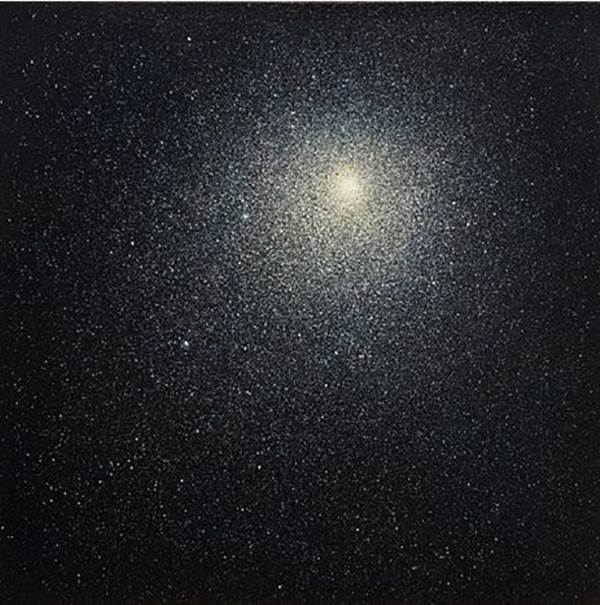
Adam Straus, Star Cluster (2012).
Photo: via artnet/Nohra Haime Gallery.
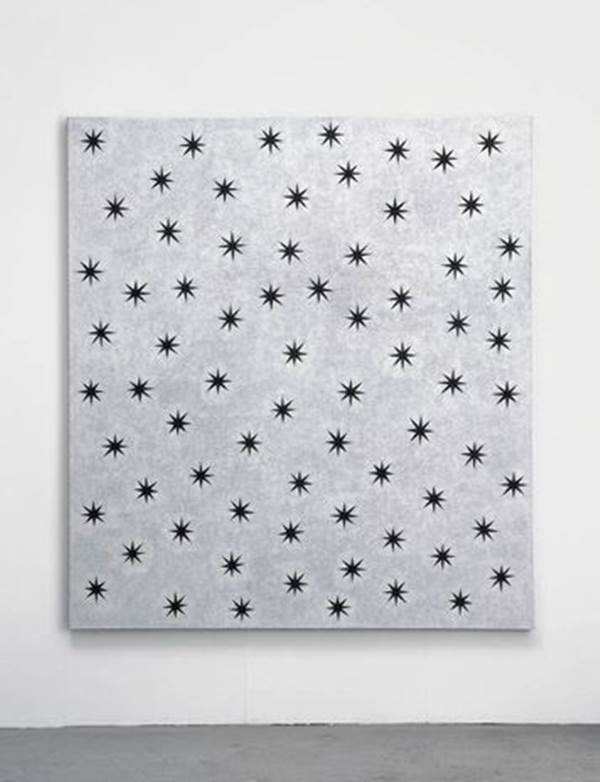
David Austen, Black Stars (2007).
Photo: via artnet/ Inglebv Gallery.
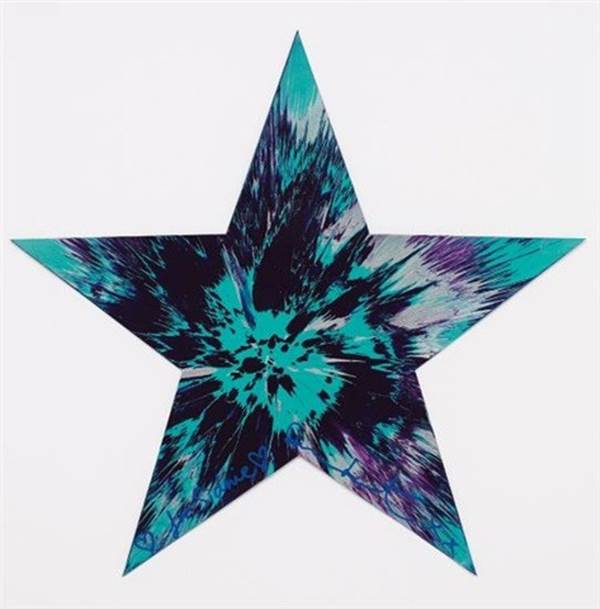
Damien Hirst, Untitled (Star Spin Painting) (2011).
Photo: via Opera Gallery.
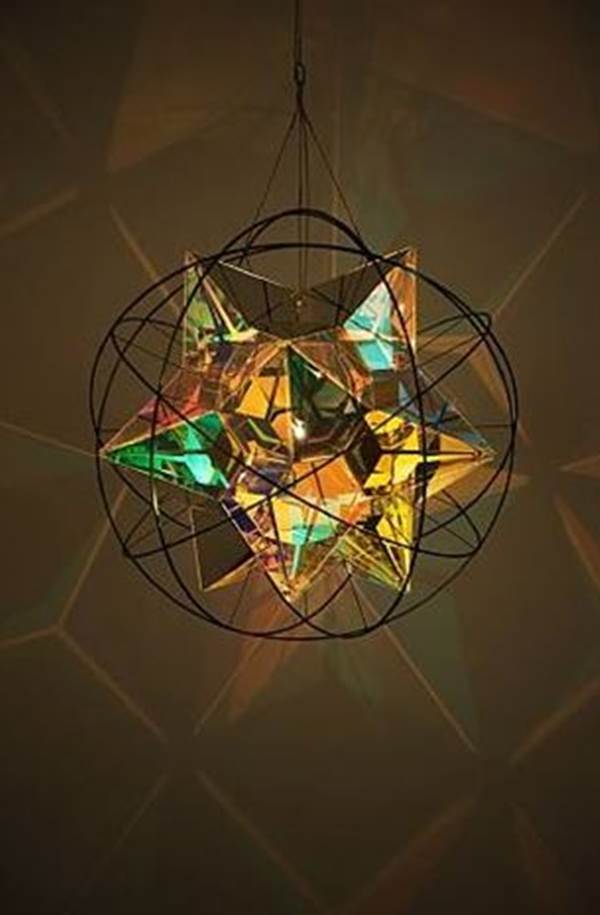
Olafur Eliasson, For Super Star (2008).
Photo: via artnet/Tanya Bondakdar Gallery.
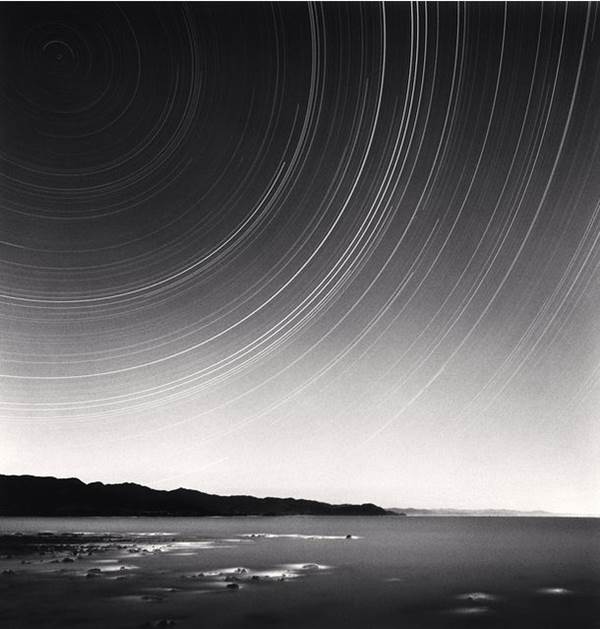
Michael Kenna, Eleven Hours (2014).
Photo: via artsy.
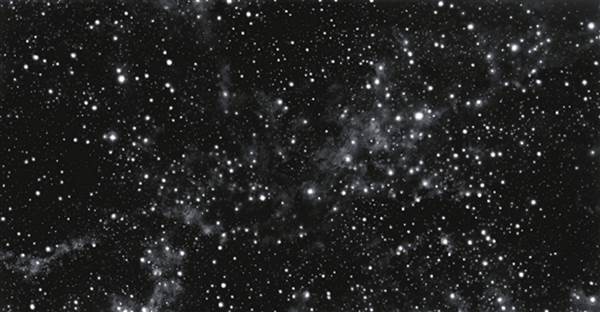
Robert Longo, Star Field (2005).
Photo: via Mutual Art.
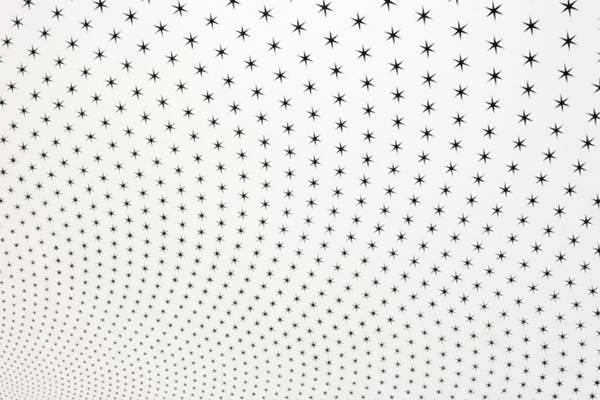
Richard Wright, 47,000 handpainted stars (2013).
Photo: via Wired.
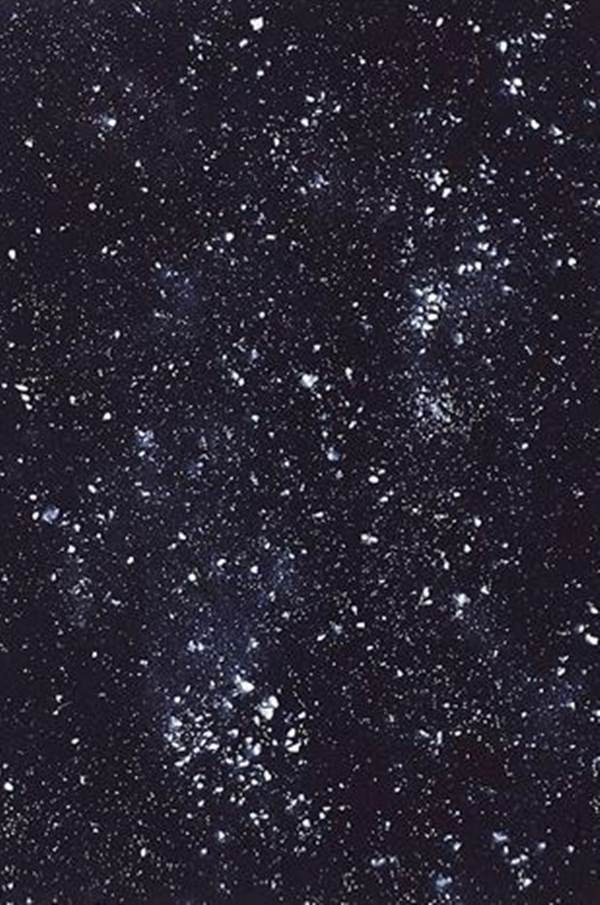
Ugo Rondione, Angle Kiss (2009).
Photo: via artnet/Vertu Fine Art Gallery.
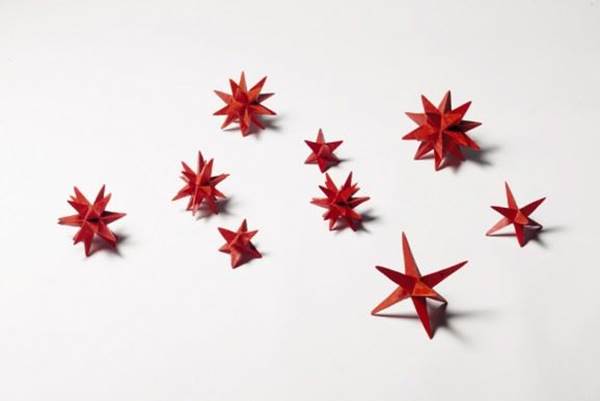
Kiki Smith, Red Stars (2000).
Photo: via Mutual Art.
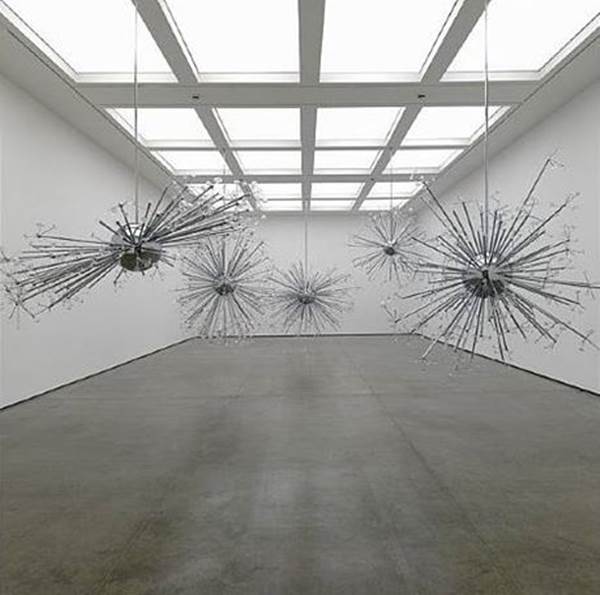
Josiah McElheny, Island Universe (2008).
Photo: via artnet/White Cube.
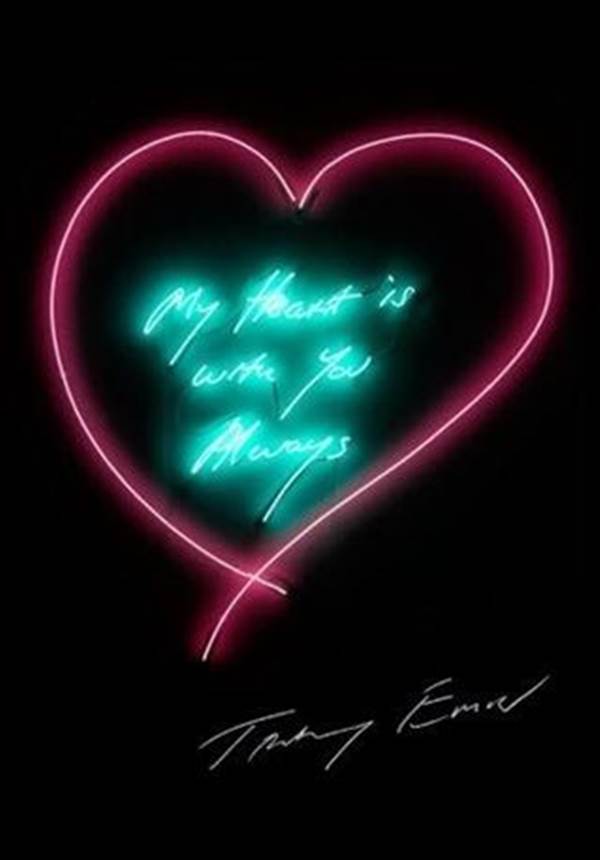
Tracey Emin, You Loved Me Once Like a Distant Star (2012).
Photo: via artnet/Gallery Blossom.